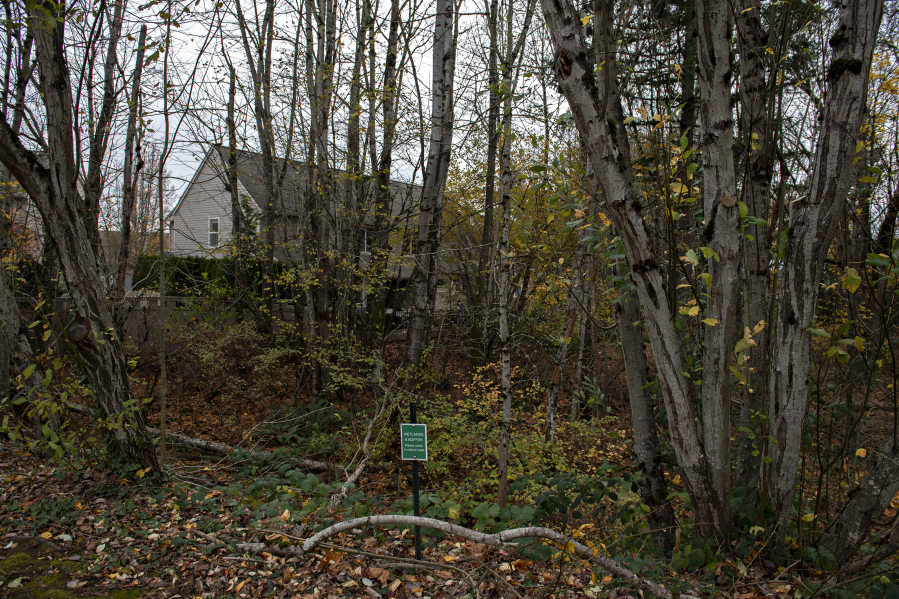Young deciduous and coniferous trees, big and small, are slowly being planted throughout Vancouver. A recent assessment of the city’s urban forest found that it is making incremental improvements in its goal of reaching 28 percent tree canopy by 2030.
Vancouver’s consultant, PlanIt Geo, found that the city’s canopy covers about 6,066 acres, or 19 percent of land within city limits, a 3 percent increase over the past 10 years. The ambitious initiative was created to fight climate change and improve the community’s overall health.
Charles Ray, Vancouver urban forester, said the city is not on track with its forest resource goal when taking into consideration how long trees take to mature. However, staff are unwavering in their plan to expand Vancouver’s urban ecosystem.
“We’re doing as much as we can with the little resources we have,” he said.
Emerging developments throughout the city contribute to tree loss, which is expected. However, development isn’t the main factor in the lack of Vancouver’s canopy growth. The city also contains a large amount of impervious land, which makes it difficult to plant. Jeremy Cantor, PlanIt director of geospatial services, said staff should evaluate city codes to integrate new growth in developing areas to prevent future tree loss.
To avoid waiting another decade before getting useful data, he suggested that Vancouver perform regular assessments. Periodic data would precisely identify what areas would be the wisest to invest in, as well as where existing canopy should be preserved. An automated report describing Vancouver’s 2021 canopy status will be ready by spring 2022, Ray said.
There is a lot of room for potential expansion, with 32 percent of land within Vancouver considered plantable, but city staff need to improve their outreach strategies to make more progress.
Cantor said a majority of Vancouver’s planting space is not on public property. Residential areas are the most common zoning type in the city and contain the greatest area for tree canopy growth.
“That’s where most of the planting areas are going to be,” he said. “The more the city works with residents, the more likely you’re going to achieve your goals.”
Vancouver is doing a good job maintaining its canopy, Cantor said, but it needs to plant more.
Areas that play an integral role in canopy expansion also include commercial and industrial zones. Planting in the latter could offset urban heat island effects and reduce energy consumption, Cantor said.
Cantor suggested that city staff can focus more on education programs to inform residents and landholders of the benefits trees provide, which aren’t only environmental. According to the assessment, the current canopy saves around $44 million annually by removing pollutants, reducing stormwater runoff and sequestering carbon.
This outreach also includes removing barriers for overburdened communities that lack a canopy.
Ray said the commission plans on using tree equity maps in conjunction with health disparity maps to locate where the city should communicate with neighborhoods about planting trees. The move relates to maintaining residents’ health and growth, as well as the forests’.
“Tree inequities have consequences, like heat islands and other health concerns. Tree access should be available for everyone,” he said.




